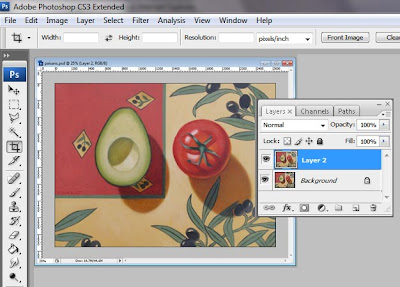
Scroll to the right on the menu at the bottom of the screen until you find the “Add Photo” option. Select the photograph you wish to use as your background photo, and you’ll be taken to the editing screen.ģ. You will be able to see your photo library.Ģ. Open the Picsart mobile app and select the purple plus sign at the bottom of the screen to start a new project. What’s more, placing an overlay on an image is so simple that you can quickly change up your design as needed.ġ. In our stock image library, you can find photos that were practically made to be overlays - everything from tropical fronds to otherworldly rainbows. We recommend deciding on your background image before you start designing but letting your creativity run free when choosing the overlay. This effect will instead make your photo look hip and fantastical, perhaps a bit avant-garde.

Overlays aren’t necessarily meant to look realistic. So, follow your creativity where it leads when adding overlays to photos. Neither of these transparency options is right or wrong it all comes down to taste. If the overlay image is dense or opaque, a viewer will see less of the background image than if the overlay image is sparse or very transparent. Depending on the overlay photo’s level of transparency and detail, the background image may be easier or more challenging to make out. Photo editing applications and software can superimpose images in these ways.Īn overlay photo is more transparent than the background photo, which means that the viewer looks through one image to discover another.

From behind the window, you can appreciate both the garden as well as the interesting visual effect created by the reflection.

Imagine looking at a garden through a window, upon which you can see the plants reflected on the glass pane. In photographic terms, it’s referred to as a double exposure. An overlay is essentially a picture placed on a picture.


 0 kommentar(er)
0 kommentar(er)
